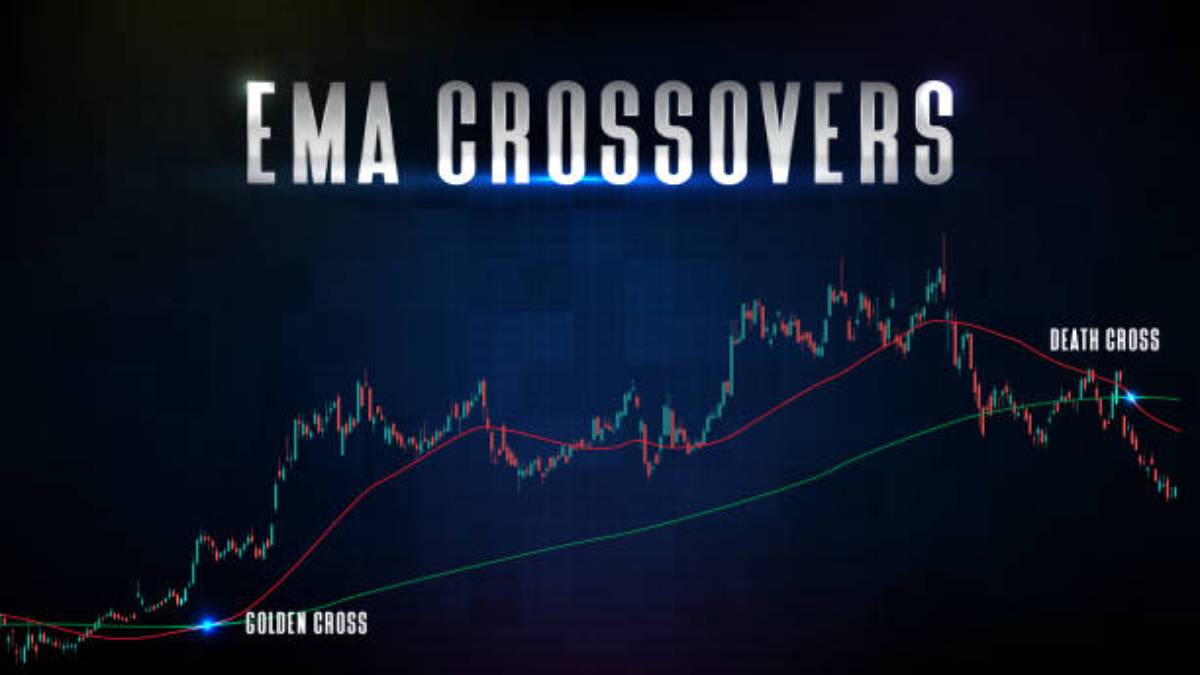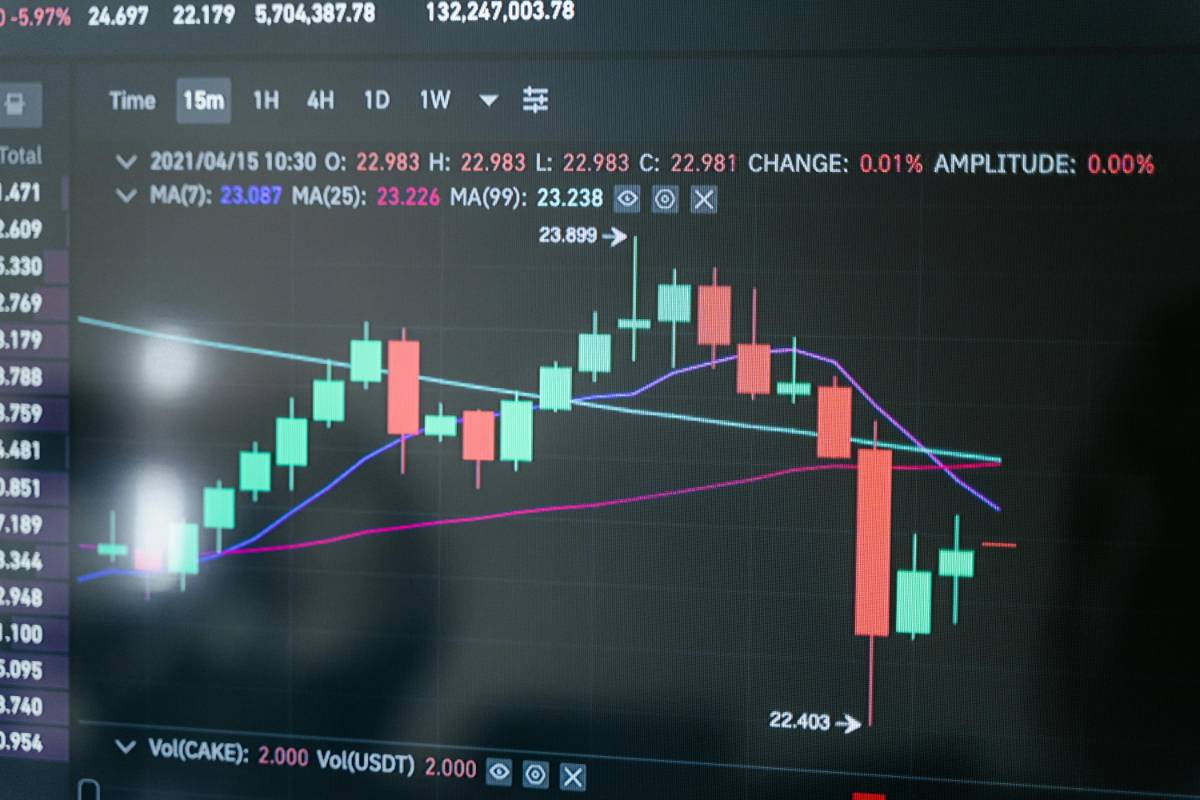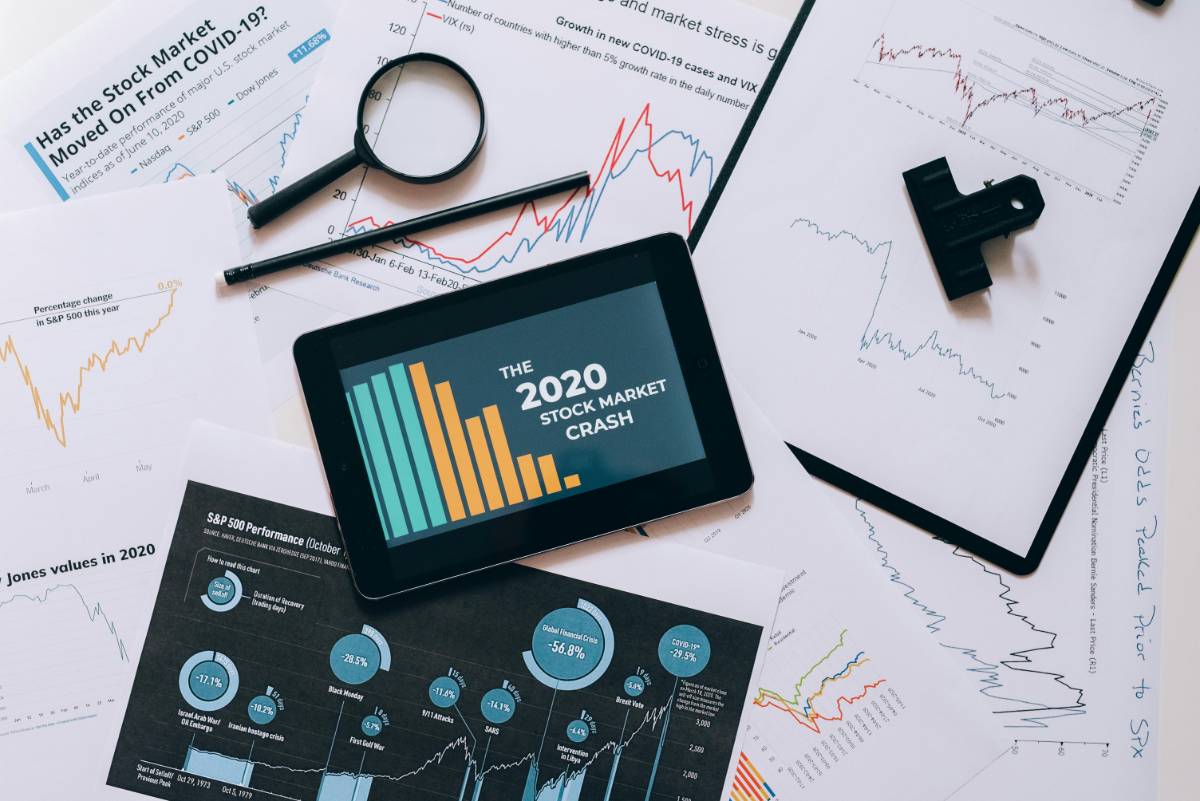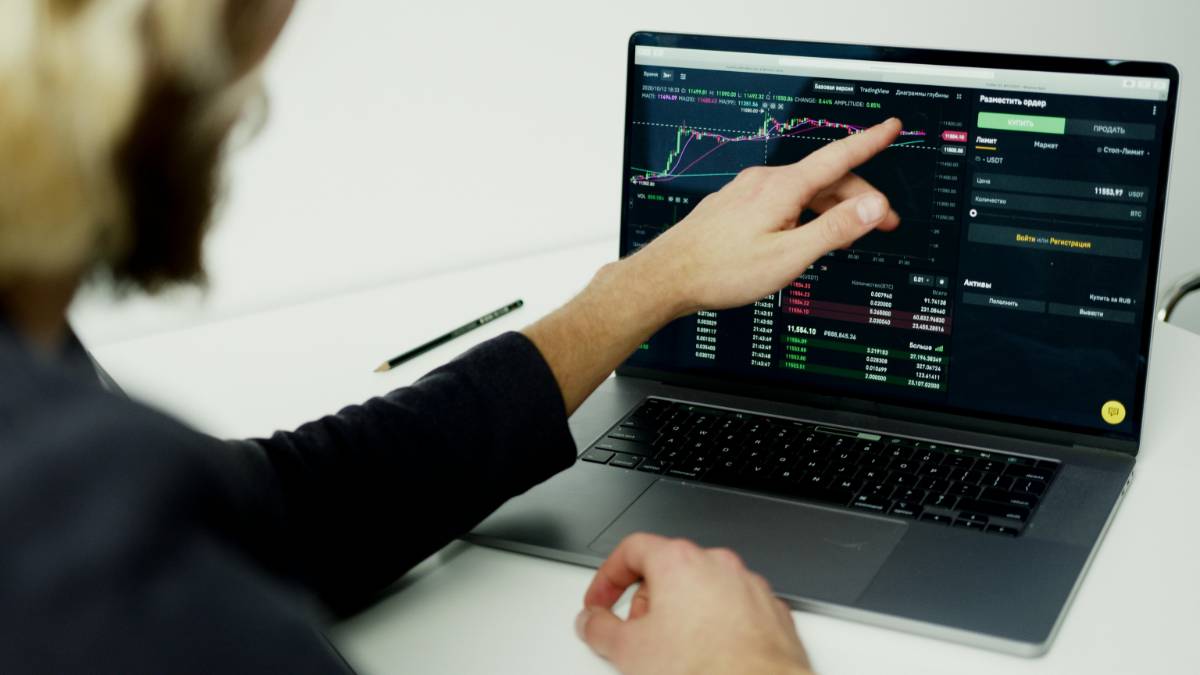
Pre-Market and After-Hours Trading: Opportunities and Risks
 By Anita Singh
By Anita SinghPre-market and after-hours trading extend beyond standard market hours, offering traders additional opportunities. However, these sessions come with unique risks and challenges that investors should understand.
What is Pre-Market and After-Hours Trading?
Pre-market trading occurs before the official opening of the stock market, while after-hours trading happens after the market closes. These sessions allow investors to react to earnings reports, economic data, and global events.
Opportunities in Extended Trading
1. Reacting to News: Investors can respond quickly to breaking news and earnings announcements before the market opens.
2. Price Movements: Stocks often experience significant price movements due to lower trading volumes, creating opportunities for profit.
3. Institutional Trading: Large institutional investors often trade during these hours, influencing market trends before regular hours begin.
Risks and Challenges
1. Low Liquidity: Fewer participants mean lower liquidity, leading to wider bid-ask spreads and increased volatility.

2. Higher Volatility: Sudden price swings are common, making it riskier for individual traders.
3. Limited Order Execution: Not all brokers offer extended-hours trading, and orders may not always be executed at desired prices.
Best Practices for Trading in Extended Hours
1. Use Limit Orders: Limit orders help control execution prices and reduce risks associated with price fluctuations.
You might also like
1. How Interest Rates Impact ETF and Mutual Fund Performance2. Understanding and Managing Risk in Your Investment Portfolio3. The Basics of Passive Income: How to Make Money Work for You4. Understanding the U.S. Financial System: A Complete Guide2. Monitor Market News: Staying updated on news and earnings reports can help traders make informed decisions.
3. Understand Broker Policies: Each brokerage has different rules regarding pre-market and after-hours trading, so it's crucial to know the specifics before trading.

Conclusion
Pre-market and after-hours trading provide traders with additional opportunities but also pose significant risks. Understanding market conditions, liquidity, and volatility is essential for making informed trading decisions.
About the author
 By Anita Singh
By Anita SinghAnita Singh is a seasoned finance writer with over 8 years of experience helping millennials and Gen Z take control of their money. With a background in economics and a passion for demystifying complex financial concepts, Ananya shares actionable tips on budgeting, investing, and building long-term wealth. Her mission is to make financial literacy accessible, relatable, and empowering — no jargon, just smart money moves.
More like this

Stock Buybacks: How They Influence Share Prices
Stock buybacks have become a common strategy for companies looking to boost share prices and reward investors. Understanding their impact can help investors make informed decisions.

Meme Stocks: Are They Making a Comeback?
Meme stocks took the financial world by storm in recent years, driven by online communities and retail investors. As market conditions shift, many wonder if these stocks are making a comeback.

Dividend Stocks vs. Growth Stocks: Where’s the Best Opportunity?
Investors often face a crucial decision when building their portfolios: Should they invest in dividend stocks for stability or growth stocks for higher returns? Understanding the differences can help in making the right choice based on financial goals and risk tolerance.

How Geopolitical Events Affect U.S. Stock Performance
Geopolitical events have a significant impact on the U.S. stock market, influencing investor sentiment, market volatility, and sector performance. Understanding these effects can help investors navigate uncertainty and make informed decisions.

AI and Automation: The Next Big Disruptors in the Stock Market
Artificial intelligence and automation are transforming industries, and the stock market is no exception. These technologies are reshaping investment strategies, trading mechanisms, and market dynamics at an unprecedented pace.

S&P 500 vs. Nasdaq: Where Should You Invest?
Investors often compare the S&P 500 and the Nasdaq when deciding where to allocate their funds. Understanding the differences between these indices can help you make a strategic investment choice based on your risk tolerance and financial goals.

Why Tech Stocks Are Leading the Market Again
Tech stocks are once again at the forefront of the market, driven by innovation, strong earnings, and investor optimism. As companies in the sector continue to expand their influence, understanding the reasons behind this surge can help investors make informed decisions.

The Impact of Federal Reserve Policies on the Stock Market
Federal Reserve policies play a crucial role in shaping the stock market. Interest rate decisions, quantitative easing, and regulatory measures directly impact investor sentiment and market performance. Understanding these effects can help traders and long-term investors navigate the evolving financial landscape.

Top Performing Stocks on Wall Street This Quarter
The latest quarter on Wall Street has seen significant movements, with some stocks outperforming expectations while others struggled to keep up. Understanding these trends can help investors make informed decisions moving forward.

U.S. Stock Market Outlook: What to Expect in 2025
As we move into 2025, investors are looking for insights into the U.S. stock market's potential trajectory. Market trends, economic policies, and global events will all play crucial roles in shaping investment opportunities.





